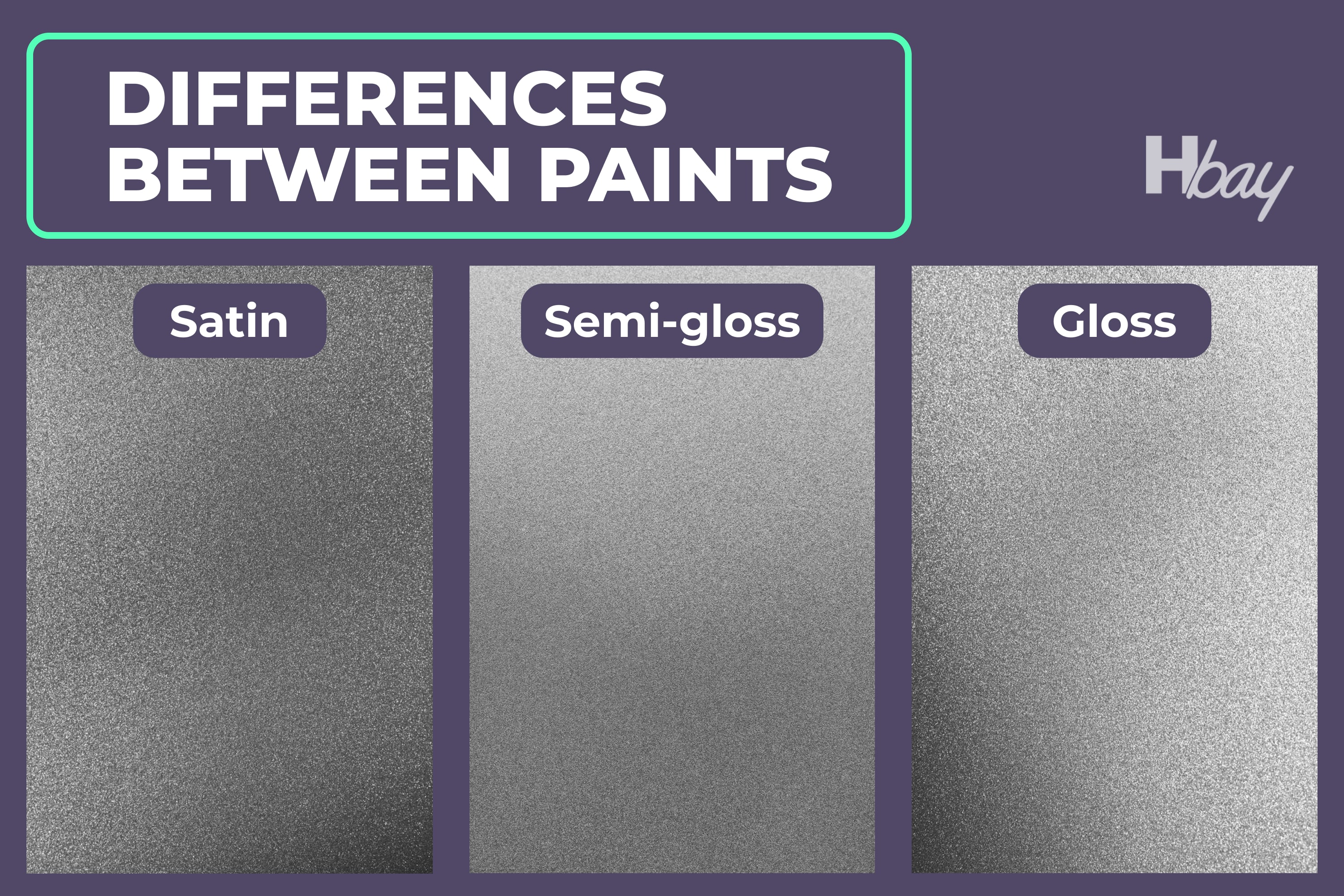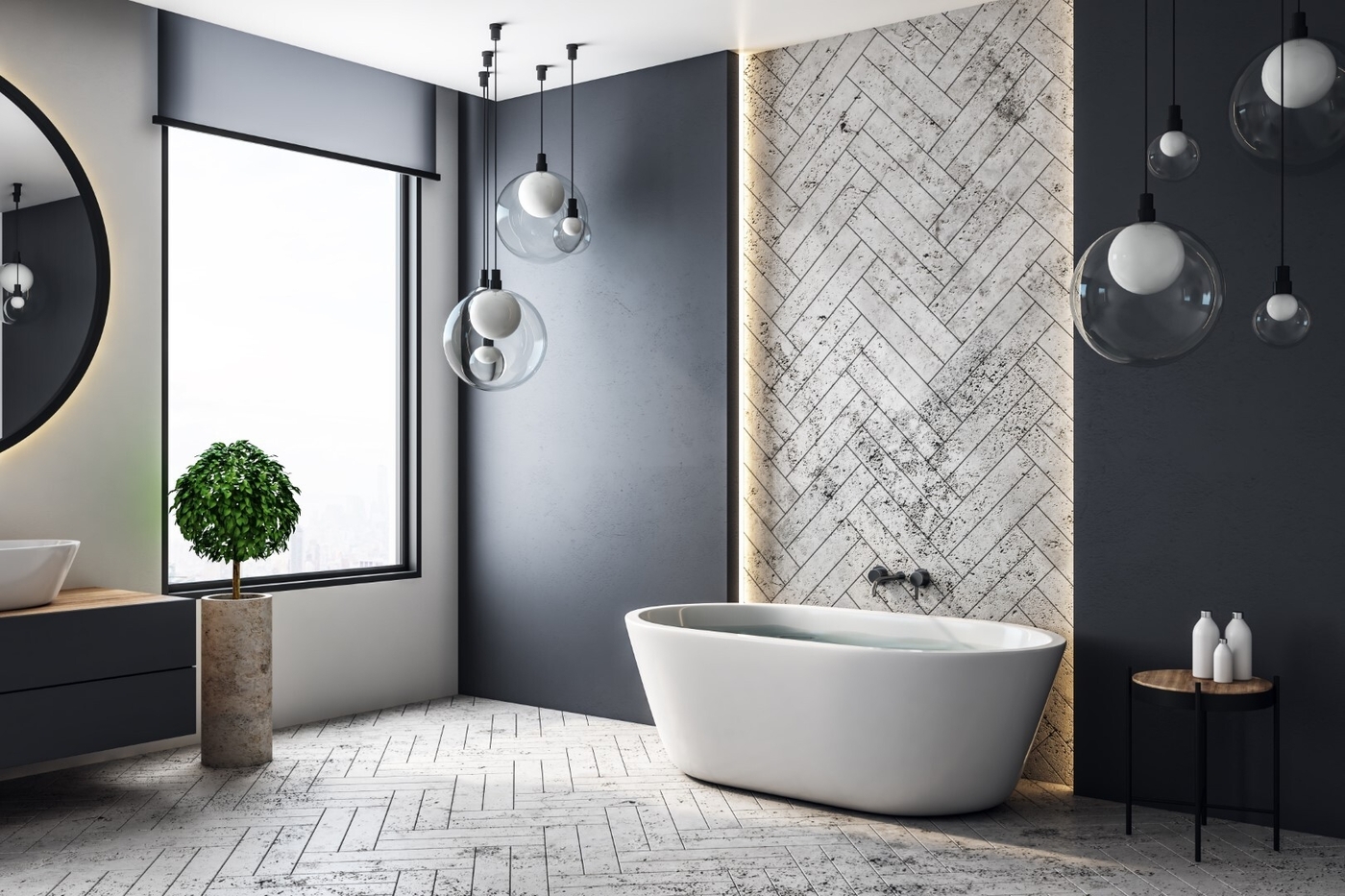Satin Paint

Satin paint is a popular choice for bathrooms, and for good reason! It offers a perfect blend of durability, moisture resistance, and aesthetic appeal. Let’s explore why this paint finish is a top contender for your bathroom makeover.
Advantages of Satin Paint
Satin paint boasts several advantages that make it ideal for bathrooms. Here’s a breakdown:
- Durability: Satin paint is more durable than matte paint, making it a better choice for high-traffic areas like bathrooms. Its slightly glossy finish can withstand regular cleaning and scrubbing without getting damaged.
- Moisture Resistance: Satin paint is highly resistant to moisture, making it a suitable option for humid environments like bathrooms. It prevents mold and mildew growth, which can be a major concern in these spaces.
- Ease of Cleaning: The smooth, slightly glossy surface of satin paint makes it easy to wipe clean. Splashes and stains can be easily removed with a damp cloth, keeping your bathroom walls looking fresh and clean.
Comparison with Other Paint Finishes
While satin paint shines in many aspects, it’s helpful to compare it with other bathroom paint finishes to make an informed decision:
- Matte Paint: Matte paint offers a flat, non-reflective finish. It’s great for hiding imperfections but can be more susceptible to stains and scratches.
- Semi-Gloss Paint: Semi-gloss paint has a moderate sheen, offering a balance between durability and a subtle shine. It’s more resistant to moisture than matte paint but less durable than satin paint.
- Gloss Paint: Gloss paint has the highest sheen, making it highly durable and moisture-resistant. However, it can accentuate imperfections on the walls and may reflect too much light, making the bathroom feel brighter.
Aesthetic Appeal of Satin Paint
Satin paint’s subtle sheen adds a touch of elegance to any bathroom. Its ability to reflect light softly creates a warm and inviting atmosphere. It’s a versatile finish that complements various bathroom styles, from modern to traditional.
Choosing the Right Satin Paint for Your Bathroom: Satin Paint Good For Bathrooms
:max_bytes(150000):strip_icc()/Should-you-use-bathroom-paint-1821382_color_anim_rev_source-Final-12dd6980e1ad46af9376b52cd3d882e5.jpg)
Choosing the right satin paint for your bathroom is crucial for achieving a durable and aesthetically pleasing finish. Satin paint offers a balance between durability and a subtle sheen, making it an ideal choice for high-traffic areas like bathrooms. However, considering various factors is essential to ensure you select the best paint for your specific needs.
Factors to Consider When Choosing Satin Paint for Your Bathroom, Satin paint good for bathrooms
The following factors play a significant role in determining the ideal satin paint for your bathroom:
- Bathroom Size: The size of your bathroom can influence the sheen level of the paint you choose. For smaller bathrooms, a higher sheen level can create a sense of spaciousness by reflecting more light. Conversely, in larger bathrooms, a lower sheen level can provide a more intimate and cozy atmosphere.
- Lighting Conditions: The amount of natural light in your bathroom can impact how the paint appears. If your bathroom has limited natural light, a higher sheen level can help brighten the space by reflecting more light. In bathrooms with ample natural light, a lower sheen level can provide a softer, more muted appearance.
- Personal Preferences: Ultimately, the choice of sheen level is a matter of personal preference. Consider the overall aesthetic you want to achieve in your bathroom. A higher sheen level can create a more modern and polished look, while a lower sheen level can provide a more traditional and understated feel.
Importance of Mildew Resistance and Water-Repellent Properties
Bathrooms are prone to moisture and humidity, making it essential to choose a satin paint with excellent mildew resistance and water-repellent properties. Mildew can grow in damp environments, causing unsightly discoloration and damage to the paint. Water-repellent properties prevent water from penetrating the paint surface, reducing the risk of water damage and mold growth.
Determining the Correct Sheen Level
Satin paint typically has a sheen level ranging from 25 to 40, with higher numbers indicating a higher sheen. Here’s a guide to help you determine the correct sheen level for your bathroom:
- Low Sheen (25-30): Offers a subtle sheen and a soft, matte finish. Ideal for bathrooms with ample natural light or where a more traditional look is desired.
- Medium Sheen (35-40): Provides a balance between durability and a subtle sheen. Suitable for most bathrooms, offering a slightly more reflective finish than a low sheen.
Applying Satin Paint in a Bathroom

Applying satin paint in a bathroom can be a great way to refresh the space and give it a new look. However, it’s important to prepare the surface properly to ensure a smooth and long-lasting finish. This involves cleaning, sanding, and patching any imperfections.
Preparing the Bathroom Surface
Before applying satin paint, it’s essential to properly prepare the bathroom surface. This involves cleaning, sanding, and patching any imperfections.
- Cleaning: Start by cleaning the bathroom surface thoroughly to remove any dirt, dust, grease, or mildew. You can use a mild detergent and water or a specialized bathroom cleaner. Pay particular attention to areas around the shower, tub, and sink, as these are prone to moisture and mildew buildup.
- Sanding: After cleaning, lightly sand the surface to create a smooth, even texture. This will help the paint adhere better. Use a fine-grit sandpaper and sand in a circular motion. Be careful not to sand too aggressively, as this can damage the surface.
- Patching: If there are any cracks, holes, or other imperfections in the surface, patch them with spackle or patching compound. Apply the patching compound with a putty knife and let it dry completely before sanding it smooth.
Primer Application
Applying a primer before applying satin paint in a bathroom is crucial for enhancing adhesion and providing a better base for the paint. A primer helps to seal the surface, preventing the paint from absorbing into the wall and creating an uneven finish.
- Choose the Right Primer: Select a primer specifically designed for bathrooms, as it will be resistant to moisture and mildew. This type of primer will also help to prevent the paint from peeling or chipping over time.
- Application Technique: Apply the primer using a brush, roller, or spray gun. Ensure even coverage and allow it to dry completely before applying the satin paint. This will create a smooth, even surface for the paint to adhere to.
Applying Satin Paint
Once the primer has dried completely, you can start applying the satin paint. Choose a high-quality satin paint designed for bathrooms, as it will be durable and resistant to moisture.
- Brush Application: For detailed areas like trim and corners, use a brush. Apply the paint in thin, even coats, working in small sections. Allow each coat to dry completely before applying the next.
- Roller Application: For larger areas like walls, use a roller. Load the roller with paint and apply it in smooth, even strokes. Overlap each stroke by about 50% to ensure even coverage.
- Spray Gun Application: For a faster and more efficient application, use a spray gun. This method requires more experience and caution, but it can create a very smooth finish. Ensure proper ventilation and wear protective gear when using a spray gun.
